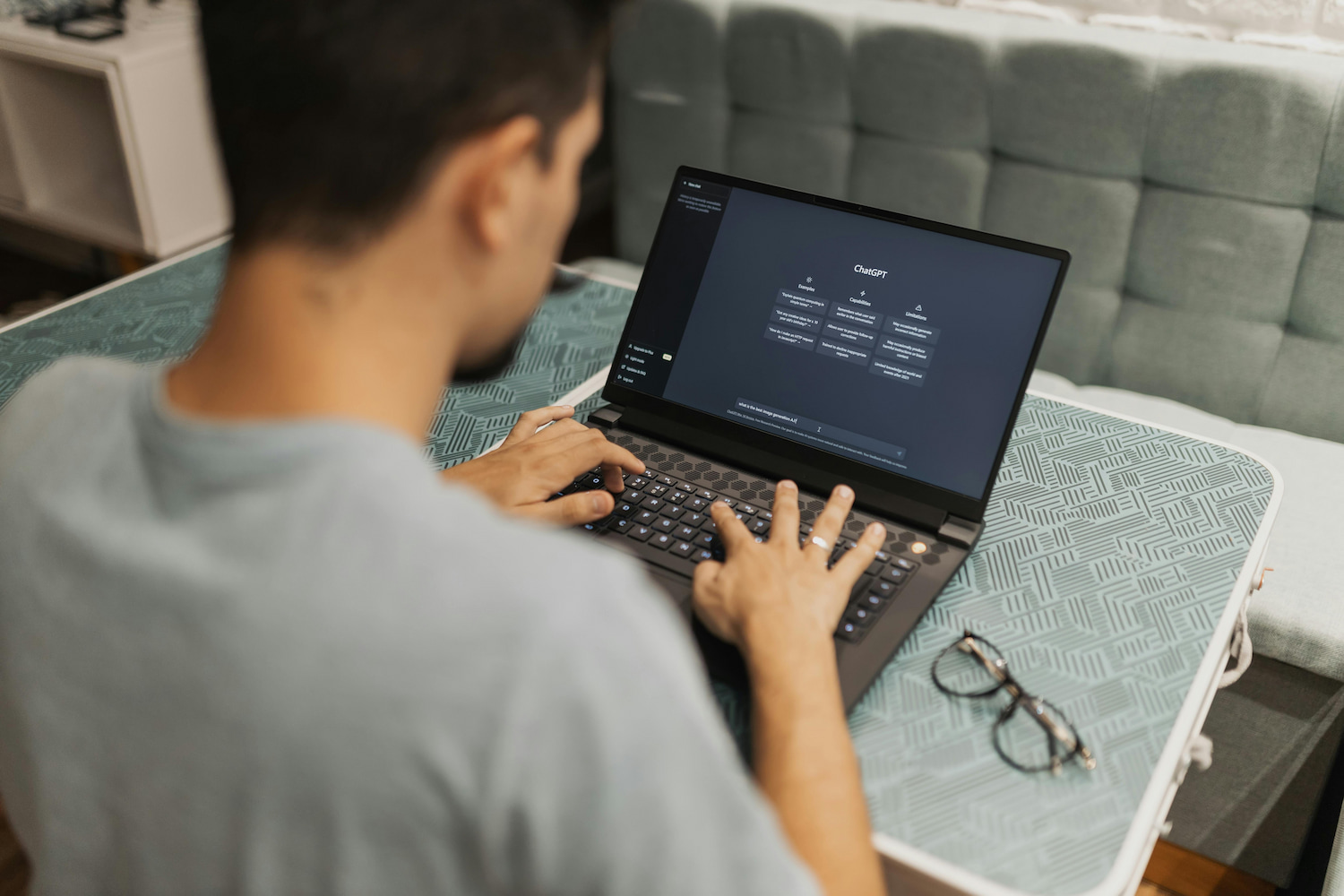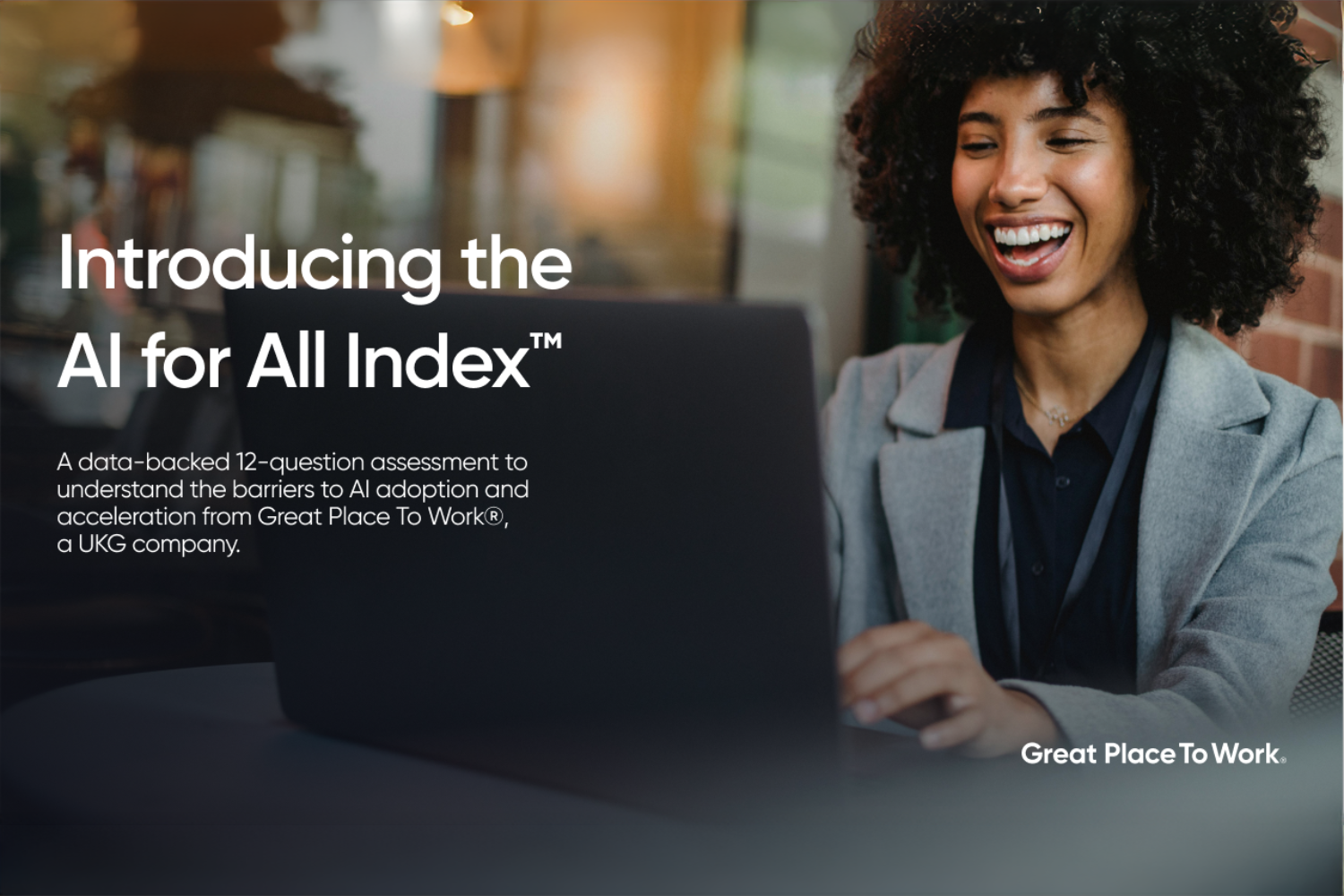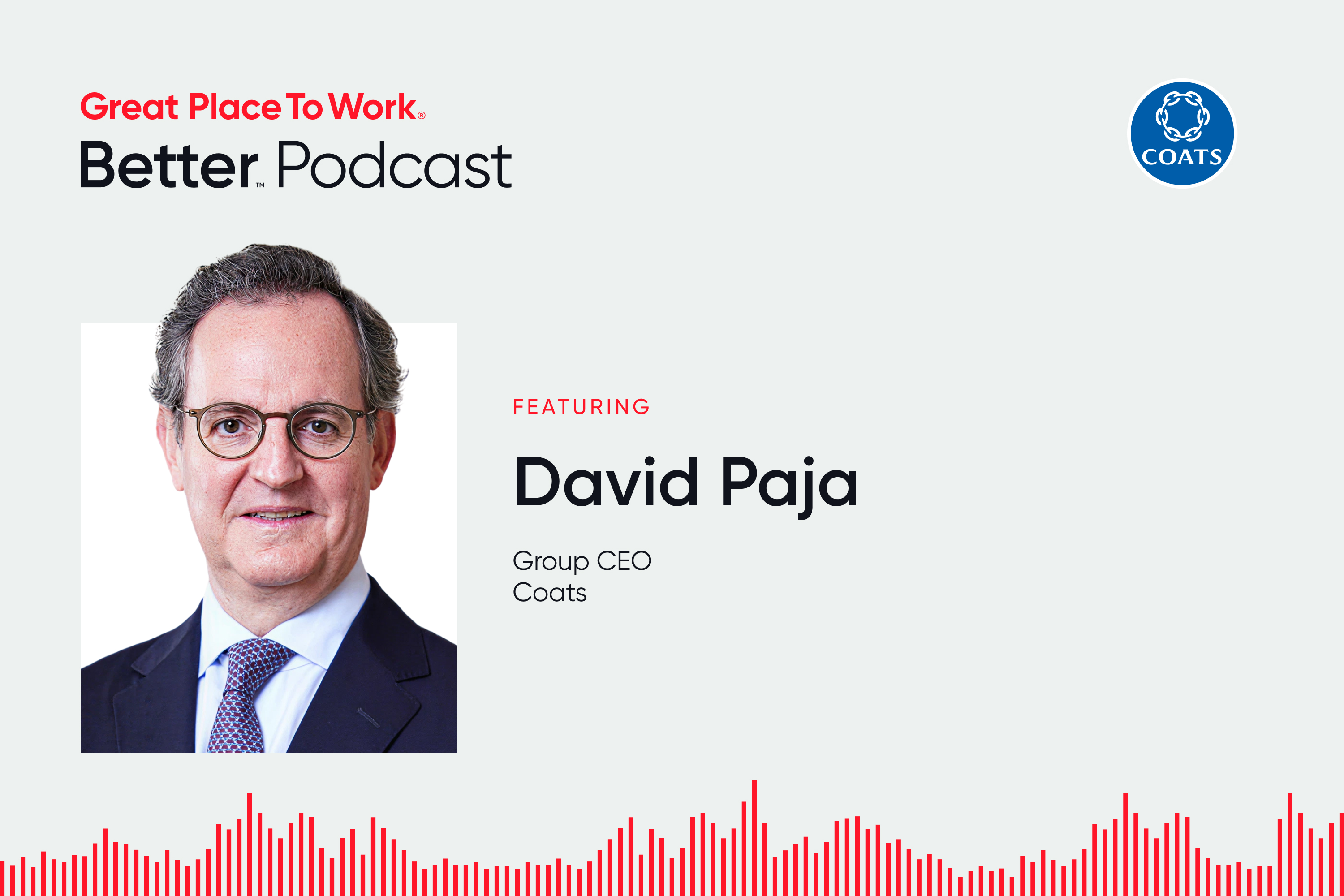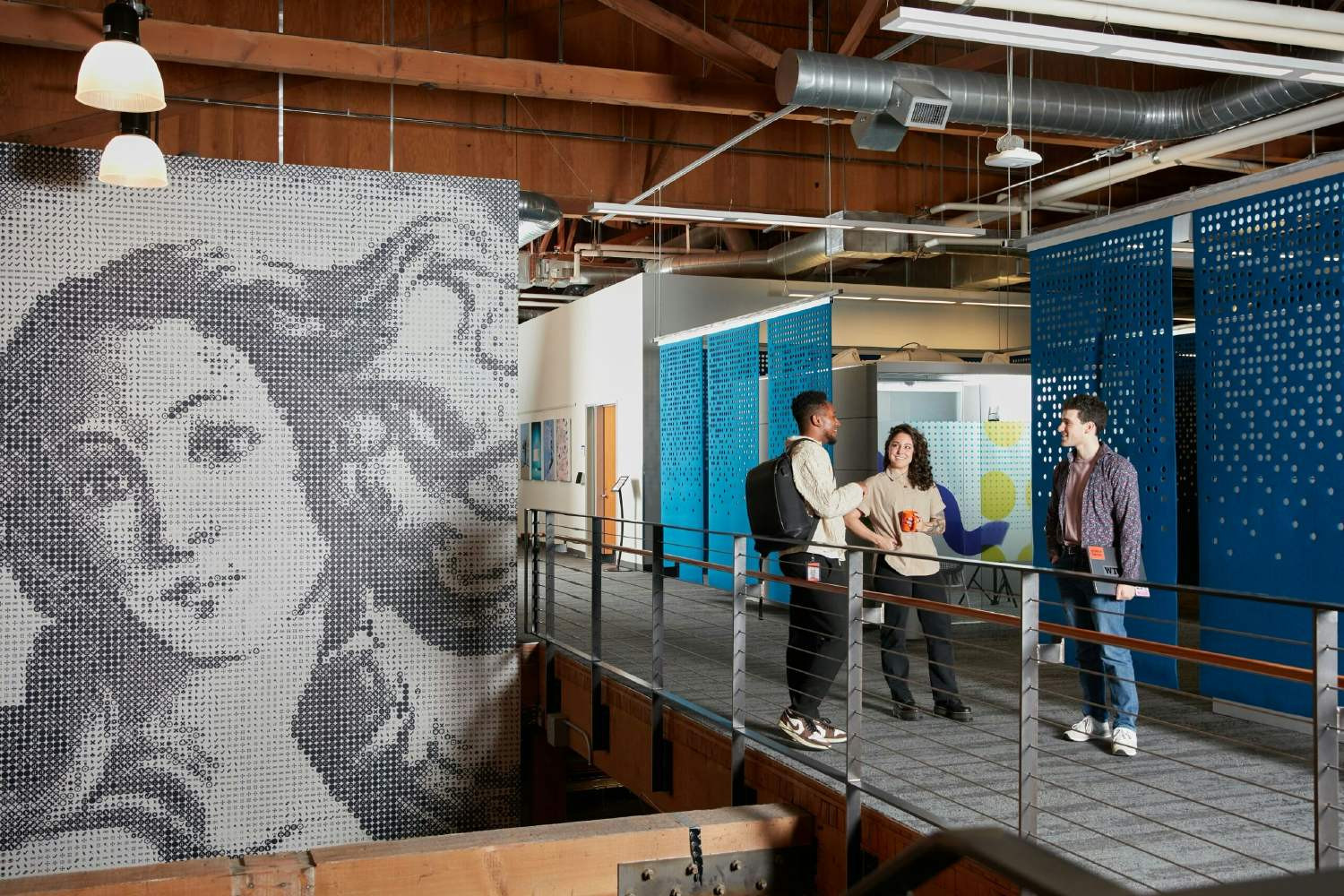AI (Artificial Intelligence), Developing, Training & Development
Can AI become the secret weapon for helping your workforce develop new skills?
One way that artificial intelligence — in particular generative AI — promises to transform the workplace is in employee training and development.
The sudden rise of AI has prompted plenty of handwringing about the skills gap for employees. The World Economic Forum reports that six in 10 workers will require training before 2027, but only half of workers have adequate access to training opportunities.
Can AI solve the skills gap? Some companies are already betting on AI tools to help train and develop their workforce.
Here’s how companies that made the Fortune 100 Best Companies to Work For® List are using AI to upskill their employees:
1. Tailored learning journeys and programs
Artificial intelligence is enabling companies to turn libraries of online webinars and training modules into personalized learning journeys.
At ServiceNow, employees can take advantage of a learning platform called “frED” — an homage to founder Fred Luddy. Built on the ServiceNow platform, employees can use frED to map their career path, set goals, and identify skill gaps. AI can then recommend programs that meet employees’ goals.
ServiceNow points to several metrics as evidence that the learning program is simplifying its learning tools and empowering employees:
- Within the first four weeks of launch, more than 65% of employees used frED
- A 73% reduction in the number of internal courses as outdated with irrelevant content being retired.
- An 80% reduction in learning tools, ensuring employees can find everything they need in one place.
- More than 1 million fewer email notifications sent annually to employees.
2. Chatbots that train customer-facing teams
Tony Bond, chief diversity and innovation officer at Great Place To Work®, shared an example of a sales team that uses AI to practice their pitch or hone their selling skills during a virtual roundtable held by Fortune. “It can almost be like a sparring partner,” he says.
Bank of America is using AI for conversation simulation delivered by “The Academy,” the company’s onboarding, education, and professional development organization, which allows employees to practice different interactions with clients and customers. The bank says these programs increase employees’ proficiency in managing client interactions and ensure a more consistent experience for customers.
Employees say they value this kind of training, with Bank of America reporting consistent feedback from employees that practicing conversations with AI partners helps them deliver better service to customers.
It’s all about building trust, Bond says. “It’s a tool, but it’s almost like a teammate,” he explained to Fortune. “How do we build trust around this new teammate that we have that can augment our ability to do our jobs?”
3. Internal talent marketplaces that connect employees with opportunities
An internal talent marketplace allows employees to find open opportunities within their organization — part-time gigs or tasks that can build new skills or lead to new roles within the company.
DHL Express uses AI within its career marketplace to suggest career development and learning opportunities within the company. The platform, inspired by LinkedIn, suggests open positions aligned with career goals that employees share with the tool.
At Accenture, AI tracks over 8,000 skills in the company’s skills library that employees can acquire, and then uses that data to match employees with projects and career opportunities and to tailor learning and development offerings.
In this way, AI provides a competitive advantage for companies looking to increase equity of opportunity for employees. When facing inequality on issues like promotions and pay, the strongest contributing factor often comes down to how employees are chosen for projects and opportunities that serve as stepping stones to leadership roles.
AI tools like an internal talent marketplace may help to close the gap.
4. Matching employees with a career coach
Artificial intelligence can also be used to match employees with a mentor.
Hilton is investing in enterprise-wide programs like “MentorcliQ,” an employee mentoring program that uses an algorithm to help pair employees with mentors inside the organization. The hotel chain also uses “BetterUp,” a company that provides employees with virtual coaching, where machine learning and generative AI are leveraged to match team members with a certified coach and relevant additional content that is tailored to support their growth and well-being.
At Salesforce, “MentorFinder” uses Salesforce-powered technology to match mentors with mentees. Over 3,000 Salesforce team members have used the platform to connect and build connections with others in the company.











